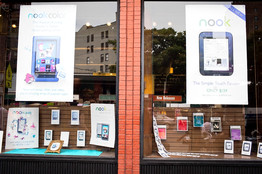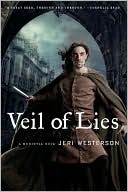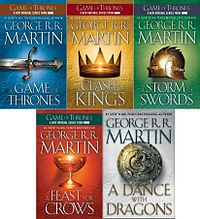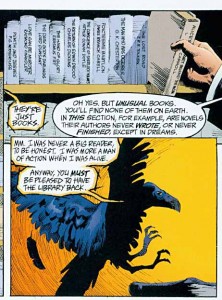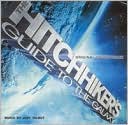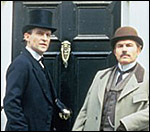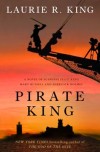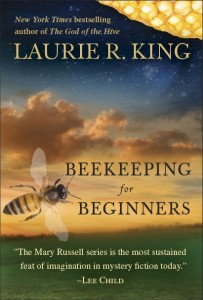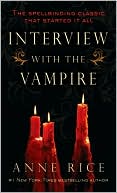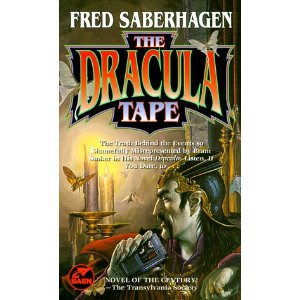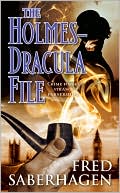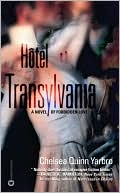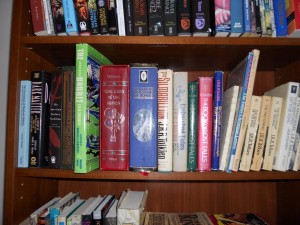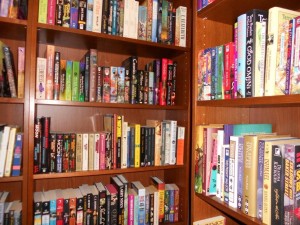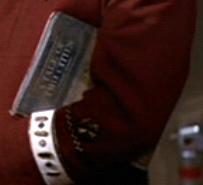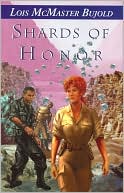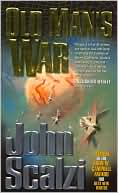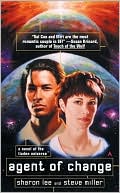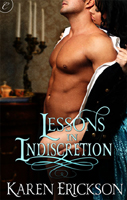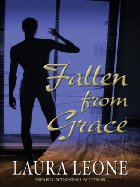When I say “Harry”, I mean Harry Potter, of course. Who else could I possibly mean?
 The movie poster for Harry Potter and the Deathly Hallows: Part 2, pretty much says it all, doesn’t it?
The movie poster for Harry Potter and the Deathly Hallows: Part 2, pretty much says it all, doesn’t it?
Harry Potter fans have been in a curious kind of limbo since July 21, 2007, when the last book was released. We’ve all known how the story ends. But as long as the movies were still being released, the “illustrated” edition was, in effect, still putting out supplements. There were still some unknowns, just not very many. Now that saga, too, is complete.
There are generations yet unborn who will discover Harry for the first time, but there will never be another who will grow up exactly as he does, while he does. Even for those of us who read the series as adults, the experience of waiting for the next book, and speculating on what might happen will never be the same. All has been revealed.
The magic of Harry Potter was not in Diagon Alley, or even at Hogwarts Castle. It was in the overwhelming desire it created in both children and adults to pick up a book and READ! What comes next? Or who?
 The inevitable lists have come out, suggesting books that people can turn to as alternatives. For example, Kirkus Reviews published a list of books called “For those suffering from Harry Potter withdrawal“. It’s a great idea, but I’d love to have seen more suggestions for adults suffering from Potter Withdrawal Syndrome (PWS, anyone?) and not just books for kids. And, of course, some of my favs are missing. Tamora Pierce belongs on any list for the magically inclined, either starting with Song of the Lioness or the Circle of Magic. And so does Diane Duane’s series starting with So you want to be a wizard.
The inevitable lists have come out, suggesting books that people can turn to as alternatives. For example, Kirkus Reviews published a list of books called “For those suffering from Harry Potter withdrawal“. It’s a great idea, but I’d love to have seen more suggestions for adults suffering from Potter Withdrawal Syndrome (PWS, anyone?) and not just books for kids. And, of course, some of my favs are missing. Tamora Pierce belongs on any list for the magically inclined, either starting with Song of the Lioness or the Circle of Magic. And so does Diane Duane’s series starting with So you want to be a wizard.
Of course, Hollywood is looking for the next big blockbuster. Deathly Hallows 2 had the biggest opening weekend of any movie in history. It’s too bad they didn’t split it into three parts. Just think of all the money they could have made!
Or, if George R.R. Martin had held out for a series of movies instead of an HBO series for The Song of Ice and Fire. On second thought, that’s one saga that is better as a mini-series. Those books are huge. Condensing them to a mini-series was probably difficult enough.
However, io9‘s Facebook users have leapt into the breach and suggested a list of 10 fantasy book series that could replace Harry Potter at the movies. People were supposed to suggest series for their movie-worthiness; whether the books in question were “good” books or not is, as always, a matter of personal opinion. What was interesting about the list was that the books were not necessarily new, not necessarily popular, and not necessarily good. Having read 7 out of the 10 books listed, I’m can definitely testify to any of the above.
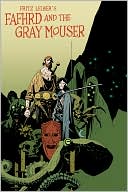 The number 1 listed series was Fritz Leiber’s Fafhrd and the Gray Mouser. From 1936! These are classics. I mean, really classic. As in, Leiber not only coined the term “sword and sorcery” but Fafhrd and the Gray Mouser are arguably among the foundation stories in the genre. If you’ve never had the pleasure the first book is Swords and Deviltry. Or, for a real treat, try the graphic novel version.
The number 1 listed series was Fritz Leiber’s Fafhrd and the Gray Mouser. From 1936! These are classics. I mean, really classic. As in, Leiber not only coined the term “sword and sorcery” but Fafhrd and the Gray Mouser are arguably among the foundation stories in the genre. If you’ve never had the pleasure the first book is Swords and Deviltry. Or, for a real treat, try the graphic novel version.
Anne McCaffrey’s Dragonriders of Pern series was also listed. This is not a big surprise. The series is not just long, but it has a huge number of fans. Artemis Fowl was also mentioned, as he is frequently listed as a successor to Mr. Potter. I haven’t read him, but I have the first three books in the vast TBR pile.
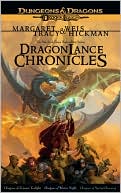 The surprise of the list was Dragonlance. I had to groan. And I did read them, so I am entitled to my groan. I read the Dragonlance Chronicles on a Trans-Atlantic flight, when those were the only three books I had. I can’t sleep on airplanes. If I could have slept, believe me, I would have. Essentially, someone took a Dungeons and Dragons campaign and wrote it up into three books. The trilogy sold well enough that they managed to sell a second trilogy. That first book, Dragons of Autumn Twilight, was almost painful. But as I read it, I could see the writers learning their craft as the book progressed. By the end, it wasn’t too bad. But filming it?
The surprise of the list was Dragonlance. I had to groan. And I did read them, so I am entitled to my groan. I read the Dragonlance Chronicles on a Trans-Atlantic flight, when those were the only three books I had. I can’t sleep on airplanes. If I could have slept, believe me, I would have. Essentially, someone took a Dungeons and Dragons campaign and wrote it up into three books. The trilogy sold well enough that they managed to sell a second trilogy. That first book, Dragons of Autumn Twilight, was almost painful. But as I read it, I could see the writers learning their craft as the book progressed. By the end, it wasn’t too bad. But filming it?
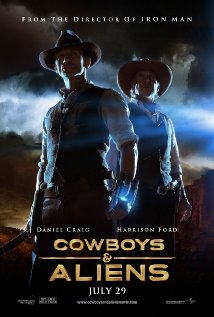 I’d rather see anything else on the list. But then again, the first time I saw the trailer for Cowboys & Aliens, I thought it was either a joke or a video game. Whatever it is, it’s not a substitute for Harry Potter. Or John Wayne either, come to think of it.
I’d rather see anything else on the list. But then again, the first time I saw the trailer for Cowboys & Aliens, I thought it was either a joke or a video game. Whatever it is, it’s not a substitute for Harry Potter. Or John Wayne either, come to think of it.




